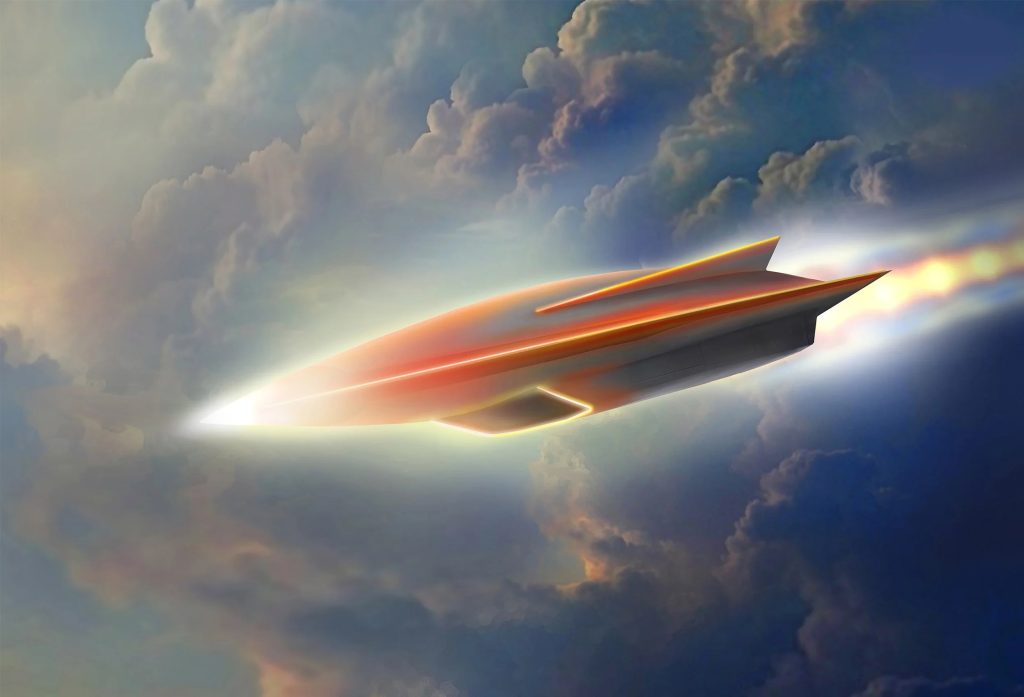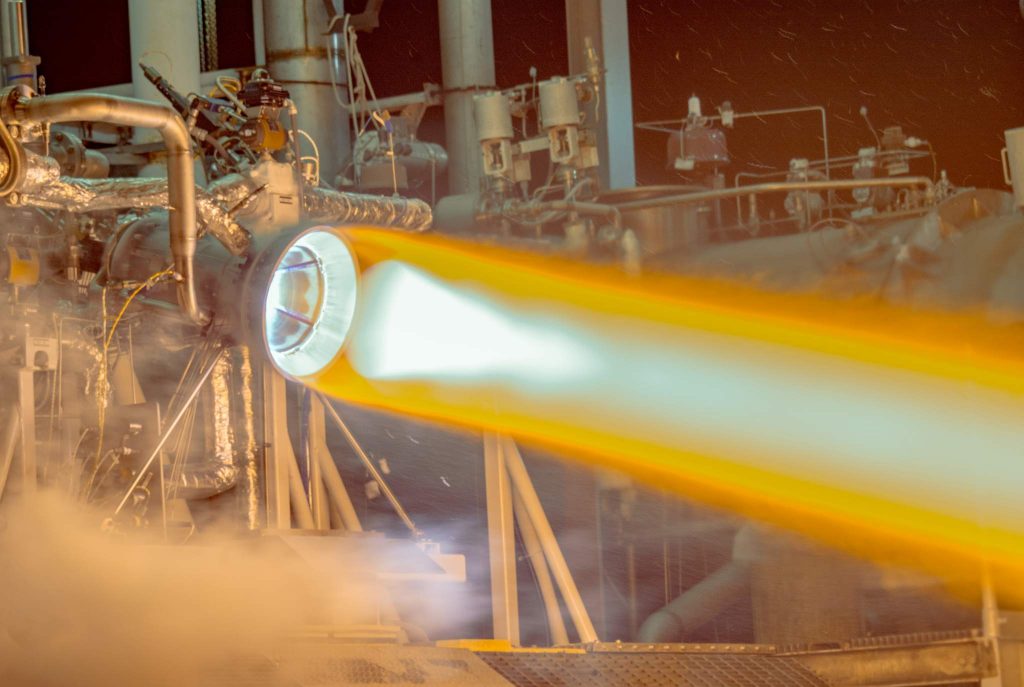Aerospace firm Aerojet Rocketdyne has been awarded a $22 million contract by the US Department of Defense (DoD) Manufacturing Technology Program to 3D print a prototype hypersonic propulsion system.
The firm, a subsidiary of US aerospace and defense contractor L3Harris Technologies, will develop the prototype for the DoD’s Growing Additive Manufacturing Maturity for Airbreathing Hypersonics (GAMMA-H) challenge.
The GAMMA-H programme forms part of the Pentagon’s ongoing efforts to identify and develop new processes to produce components for hypersonic weapons. It hopes that GAMMA-H will establish additive manufacturing processes that meet modern hypersonic airbreathing systems’ performance and environmental requirements.
Aerojet Rocketdyne expects it will take 36 months to deliver the 3D printed hypersonic propulsion prototype. Notably, the company has announced that it will streamline its production workflow by consolidating the essential steps of the scramjet manufacturing process. According to Aerojet Rocketdyne’s President Ross Niebergall, this will create a less fragmented supply chain, enabling schedule and cost efficiencies.
“Optimizing processes will increase part yields and reduce the number of processing steps, resulting in higher production velocity and lower cost,” added Niebergall.

Aerojet Rocketdyne’s aerospace 3D printing prowess
The DoD contract adds to Aerojet Rocketdyne’s growing manufacturing portfolio within the aerospace sector. The company has a long history of 3D printing components for rocket engines and strategic missile systems.
Back in 2017, Aerojet Rocketdyne completed the successful hot-fire testing of its 3D printed thrust chamber for the RL-10 rocket engine and AR1 propulsion system. That same year, the company was contracted by the Defense Advanced Research Projects Agency (DARPA) to design an experimental hypersonic spaceplane. However, this project has since been scrapped.
2022 was also a big year for the propulsion systems manufacturer, having unveiled its 3D printed quad thrusters which were developed using nTop’s engineering software. 3D printing the space engine part made it 67% lighter than its conventionally manufactured counterparts and reduced the overall production cost by 66%.
Following this, Aerojet Rocketdyne’s 3D printed scramjet engine was successfully flight tested as part of a US hypersonic missile research project. By 3D printing its drive system, the firm was able to construct the scramjet with 95% fewer parts than its predecessor. During testing, the company’s system enabled a HAWC vehicle prototype to travel at Mach 5 for over 300 miles.
Fast forward to this month, the firm has been selected by Lockheed Martin to manufacture the propulsion system for the Missile Defense Agency‘s (MDA) Next Generation Interceptor (NGI).
Part of the MDA’s Ground-based Midcourse Defense system, NGI will serve as the US’s first line of defense against ballistic missiles launched by enemy states. Once deployed, the defense system will reportedly be able to defeat missiles developed beyond the 2030s.

3D printing bolsters US defense capabilities
The US DoD is currently experiencing significant supply shortages of key hardware, needing to restock its inventories while supporting Ukraine’s ongoing war efforts. To meet this demand, the Pentagon has turned to US-based additive manufacturing firms to establish a strong and reliable domestic supply chain.
Earlier this year, Rocket engine manufacturer Ursa Major signed a contract with the US Navy to design, manufacture and test a 3D printed solid rocket motor (SRM) prototype for the Standard Missile (SM) program.
The company will leverage its additive manufacturing-powered Lynx technology to create the next generation of SRMs optimized for reliability and manufacturability. Signed under the Naval Energetic Systems and Technologies (NEST) Program, this project will develop a new 3D printable design for the Mk 104 dual rocket motor. This engine powers the SM-2, SM-3, and SM-6 missiles.
Elsewhere, Lockheed Martin, metal 3D printer manufacturer Velo3D and aerospace part inspection company Vibrant collaborated with the US DoD’s LIFT Institute. Through this partnership, the team assessed the validity of 3D printing hypersonic ramjet engines.
3D printed using Velo3D’s laser powder bed fusion (LPBF) technology, the prototype engines were subjected to Vibrant’s acoustics-based Process-Compensated Resonance Testing (PCRT). This analyzed several key physical properties, including stress state, part integrity, geometry, and surface finish. Looking to the future, the partners will consider the fatigue behavior of 3D printed components, and move towards “born-certified” parts.
Want to help select the winners of the 2024 3D Printing Industry Awards? Join the Expert Committee today.
What does the future of 3D printing hold?
What near-term 3D printing trends have been highlighted by industry experts?
Subscribe to the 3D Printing Industry newsletter to keep up to date with the latest 3D printing news.
You can also follow us on Twitter, like our Facebook page, and subscribe to the 3D Printing Industry Youtube channel to access more exclusive content.
Featured image shows an artistic render of a hypersonic weapon. Image via Aerojet Rocketdyne.

